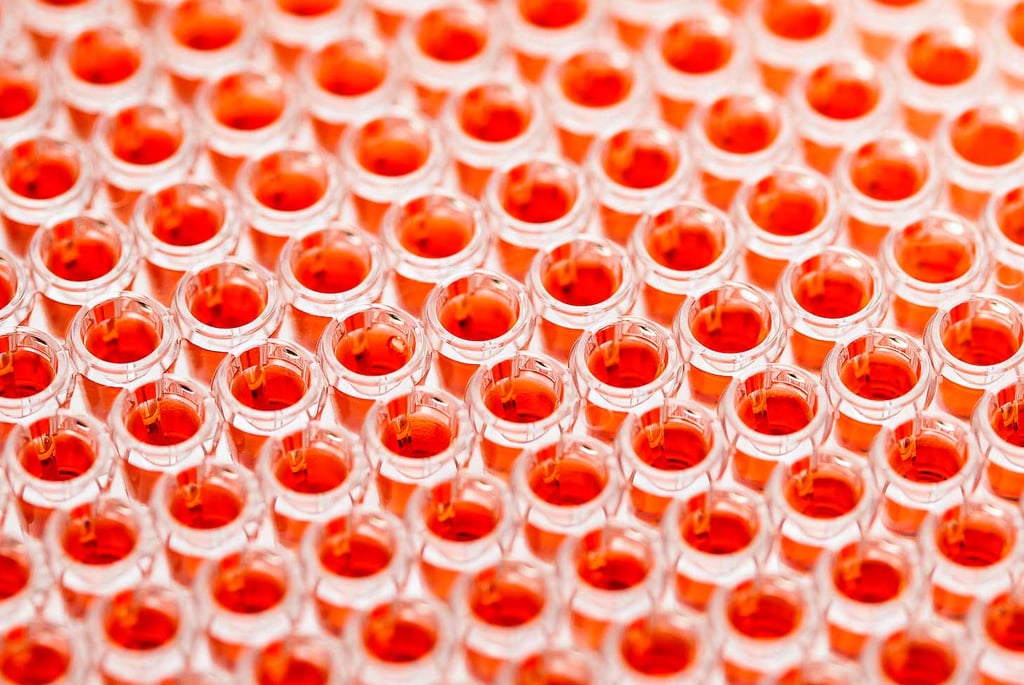By Kevin Moore
Phenotypic screening is back, with exciting implications for the discovery of new and more effective drugs. The reason? Constantly improving cellular technologies and instrumentation, and drug discovery and development programs bringing us closer to truly realizing the potential of precision medicine.

It’s in there somewhere.
The potential to change lives
Phenotypic screening has long been used to test new drugs for toxicity and efficacy. Today, it’s often also used to establish mechanisms of cell behavior. But, as we now know, it also has the power to enable completely unexpected and life-changing new drug discoveries.
Millions of people around the world who suffer from Alzheimer’s, psychosis, blood diseases, allergies or cancer have improved quality of life because of unexpected discoveries from phenotypic drug development. The opportunities for utterly unexpected and potentially hugely valuable outcomes offer exciting possibilities for first-in-class drugs.
Why now?
Phenotypic screening is now primed to rise to today’s challenge of precision medicine, where drugs are well targeted to a given disease profile. It also offers a richness of information that perfectly complements target-based screening.
Cell biologists have perfected induced pluripotent stem cells (iPSCs) that can differentiate to represent any native cell type we want, unlike cancer-derived cells. And they live indefinitely, unlike primary cells. We can even grow cells in 3D environments for more natural biological representations of their native behaviors. New high-content screening platforms enable ever-faster analysis of complex multi-parameter measurements.
But how do we make sure our drug discovery pipelines move fast enough to keep up with our rapidly growing understanding of complex diseases and precision medicine?
A challenging prospect
Although iPSCs, cell management technologies, high-throughput target-based screening, and liquid handling have transformed phenotypic screening, there are limitations to think about.
Live cells require greater care than purified chemical compounds and biomolecules, especially in both manual and automated handling outside of the culture environment. Cellular imaging can be more time-consuming than biochemical screening. Determining mechanisms of action with a potentially wider range of cell types and without a specific molecular target is sometimes challenging. Introducing cell biology at the beginning of discovery instead of later validation stages can change the procedures and timing of the discovery process.
Many labs are overcoming these challenges by using both phenotypic and biochemical screening.
Phenotypic and biochemical screening join forces
Together, phenotypic and biochemical screening have enormous potential to contribute to the discovery of powerful new drugs to fight complex and rare diseases caused by multiple aberrant proteins. Shifting research focus on how actual cell behavior changes in response to a specific compound may also dramatically improve the success rate of drug approval.
Enabled by tools that are faster, more accurate and more powerful than ever before, phenotypic screening is here to stay.
Do your drug discovery workflows run like clockwork?
Let automated liquid handling ensure they do. Discover more in this infographic.
About the author

Kevin Moore
Kevin Moore is Head of Markets and Applications based out of Tecan’s head office in Männedorf, Switzerland. He heads the team tasked with bringing both products and application for the liquid handling to the market. Prior to joining Tecan in 2007, he was head of Compound Management and Technology project manager for the Neuroscience Research Centre of Merck & Co in the UK, where he worked for Merck for 20 years.











